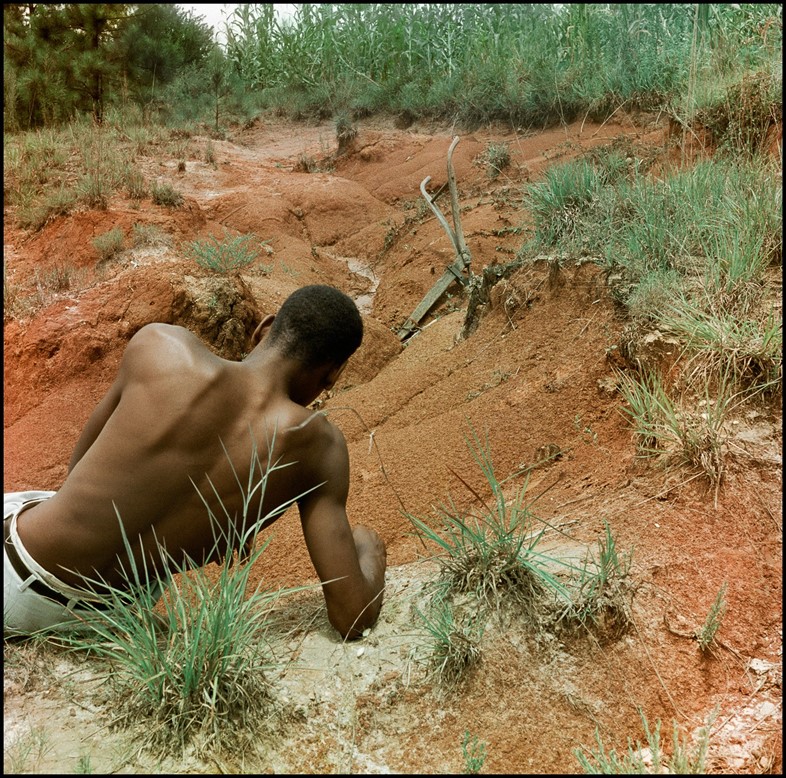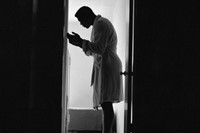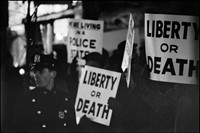A new, expanded edition of the documentary photographer’s Born Black arrives alongside an exhibition of his work at New York’s Jack Shainman Gallery
In 1942, the great photographer Gordon Parks arrived in Washington, DC. He had been hired by the Farm Security Administration on the strength of his photographs documenting Chicago’s African American residents. Parks arrived at the nation’s capital – in his own words, a “radiant, historic place” – but was quickly greeted by racism that ran “rampant”.
Angered, shocked, and humiliated, Parks returned to the offices of the FSA, where he met Ella Watson, a Black woman who worked there as a cleaner. After speaking with Watson, Parks asked if he could photograph her. The resulting image, American Gothic, would become one of his best-known photographs, an ironic, searing take on the iconic Grant Wood painting of the same name. For the more than fifty years Parks photographed, he would continue to channel his frustration, rage, and love of his people, wielding his camera to create images that are now essential records of American history and life.
In 1948, Life hired Parks to work as a staff photographer and writer. Throughout the next few decades, he would chronicle some of the most significant events of the civil rights and Black Power movements, such as the 1963 March on Washington, and the deaths of Martin Luther King Jr and Malcolm X. With the aid of literary editor Genevieve Young, Parks would go on to publish Born Black, a collection of nine articles commissioned by Life from 1963 to 1970. Published in 1971, it was the first book to unite Parks’s writing and photography, and featured notable essays on the Black Panther Party as well as charismatic figures Stokely Carmichael and Muhammad Ali.
On May 7, Steidl will publish an expanded and redesigned edition of Born Black. In conjunction with the book’s release, Jack Shainman Gallery will host an exhibition of Parks’s work, which opens March 7 at their Chelsea location. Edited by Peter W. Kunhardt Jr and Michal Raz-Russo of the Gordon Parks Foundation, this thorough new version of Born Black includes the original text and images, as well as additional photographs, manuscripts, correspondence, and reproductions of the original Life magazine spreads, which contextualize the original work. Notably, the original book featured just 24 images, while this new edition contains 179.
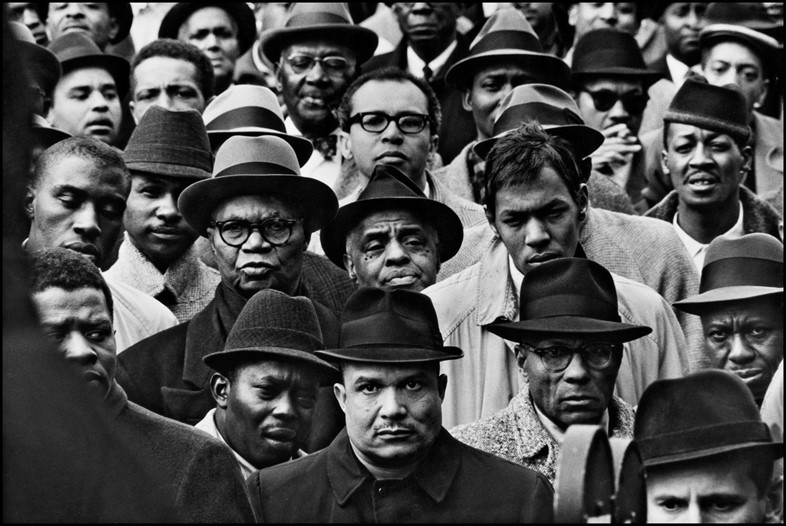
Another illuminating addition to the original text are essays by scholars Nicole R. Fleetwood and Jelani Cobb. “Revisiting Born Black has given me the opportunity to sit with what a multi-talented visionary Parks was,” says Fleetwood. “Not only was his photography among the most significant visual documentation of the 20th century, he was also a gifted writer, orator, [and] cultural ambassador who could navigate complicated political, social, and class terrains. He was truly a man of the world, with deep curiosity and ethical commitments.”
“On a scholarly and theoretical level, the book has provided space to consider the various meanings and debates about what it means to be Black, and Blackness as a political, philosophical, and aesthetic category.” In her probing essay for the book, Fleetwood examines the omissions in the original Born Black, namely the contributions of women who led the civil rights and Black power movements: Angela Davis, Elaine Brown, and Erica Huggins, to name a few.
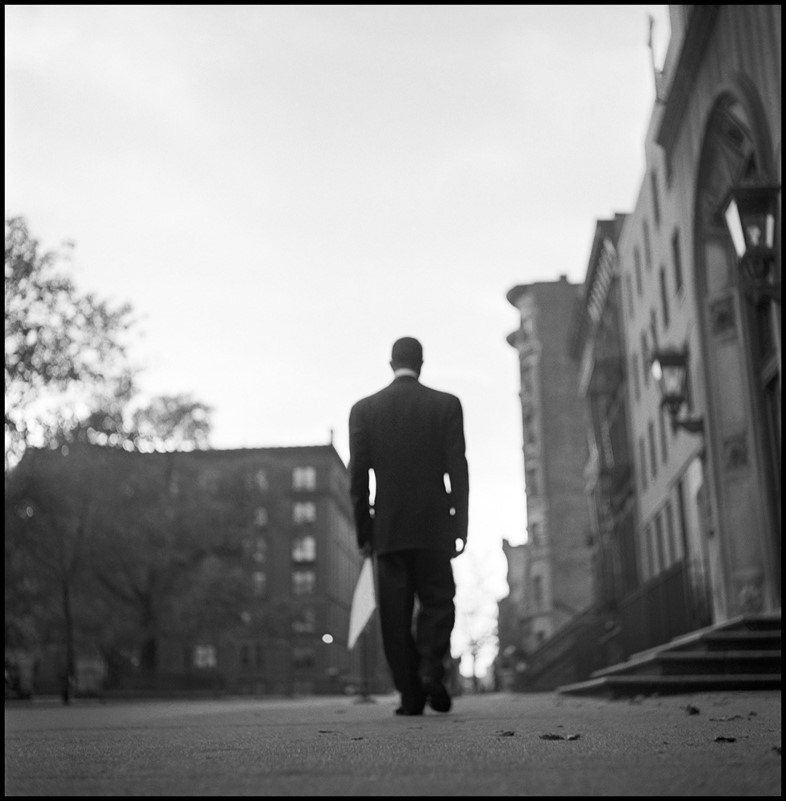
Although Parks is primarily known as a photographer and filmmaker, Born Black reveals how writing, for Parks, was “the most personal and intimate form of expression throughout his life”. Parks’s text is integral to the book’s power; in it, he offers elaboration and contemplation, revealing his complex relationship to race and the movements he observed.
Within Parks’s images, one finds a clarity of truth, a sheer honesty, and an undeniable love of humanity. In his legendary Lecture on Pictures, Frederick Douglass declared: “Pictures, like songs, should be left to make their own way in the world. All they can reasonably ask of us is that we place them on the wall, in the best light, and for the rest allow them to speak for themselves.” Parks knew when and how to let his images speak, and thankfully, fifty-three years later, they still do.
Gordon Parks: Born Black is on view at Jack Shainman Gallery New York from March 7 to April 20, 2024.
